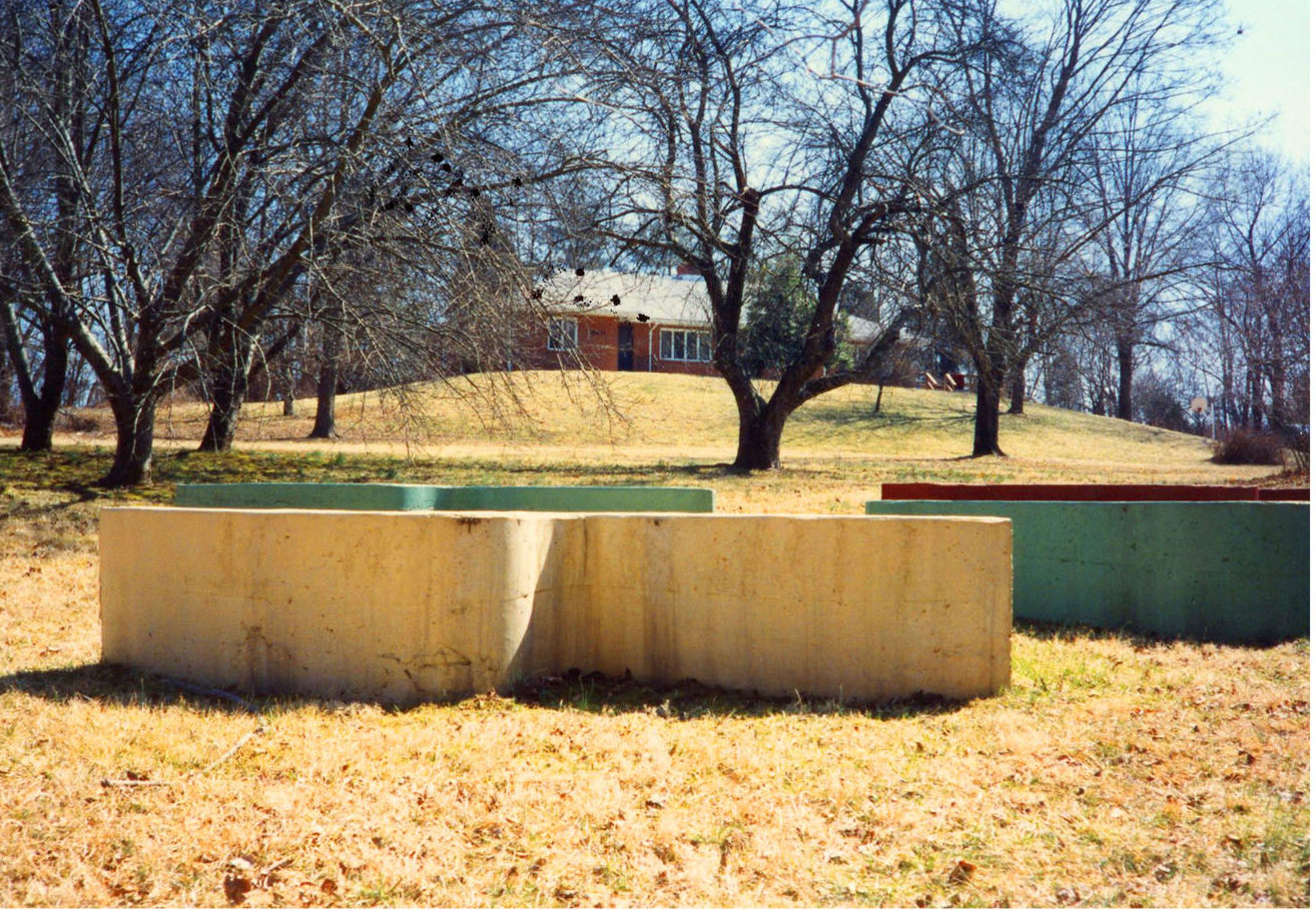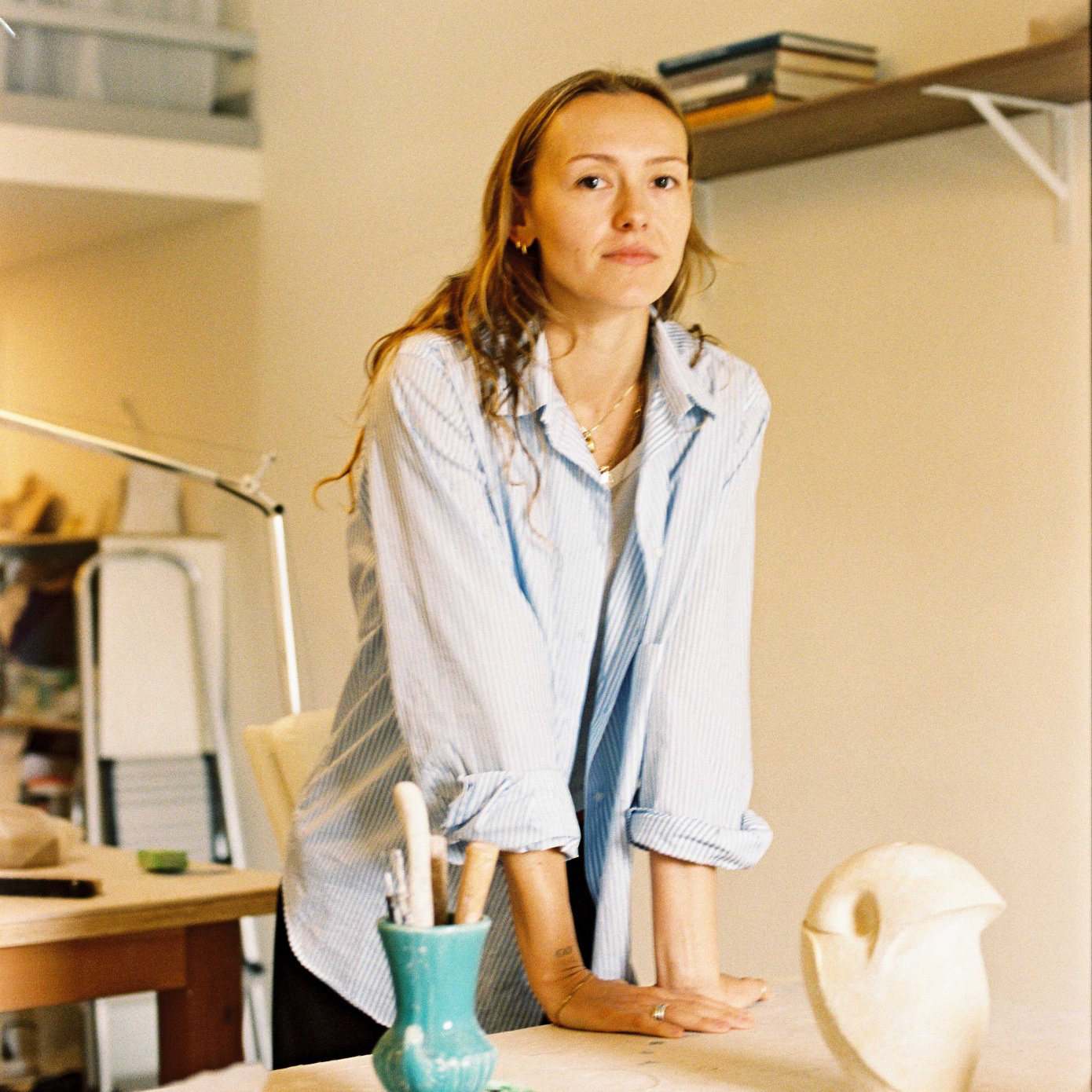
Making design matter is Michael Wolk’s guiding philosophy. As a student at Pratt Institute in New York, where he grew up, Wolk’s design focus and bold talent attracted John Lennon and Yoko Ono, who provided his first professional commission: to design their Joko Recording Studio. In Miami since 1973, Wolk opened his own studio, Michael Wolk Design Associates, in 1984, where he serves as Chairman and Creative Director.
Known for his furniture and furnishings designs, Wolk creates collections for a select group of the country’s leading residential and contract furniture companies, while creating one-of-a-kind pieces for domestic and public art commissions.
Here, he speaks with Cultured about recent collaborations with a Spanish marble firm, whose robotic technology is transforming his creative possibilities.
CL: How did you discover this robotic technology? MW: It found me. I’m the first creative endeavor the firm has undertaken.
My marble supplier Daniel Tormo approached me about designing a sculpture to test this new technology in which he had invested. It carves the most complex forms out of a solid block of marble. We decided to experiment with my “Tucker” chair. First introduced in 1990 by Design America, it was inspired by the 1948 Tucker car. It was so ahead of its time, with big front fenders and three headlights. I especially loved the middle, swiveling headlight. The “Tucker” is one of my iconic pieces. It’s complex, with all of its curves. No one ever has been able to knock it off. It’s built like an airplane, with a complex plywood armature underneath. While it was on view in an LA showroom, it was picked to be in the movie “Batman Returns”—used in Max Shrek’s office. So, it took on the moniker of the “Batman” chair. It also was in the movie “Inspector Gadget,” though the “Batman” chair already stuck. It’s amazing this piece, so hand labor intensive, is now being made by this inanimate robotic arm. We created a 3-D plot file from the original drawings of the chair. And, from that, they created the file used by the robotic machine.
I used to make small clay models of furniture before I made anything in life size. I would work in clay to come up with a design, going back to my interest in object as sculpture. I wanted to see how the design resolved three dimensionally, what it looked like as form in space. These small models can now be plotted to a 3-D file, scaled up, and carved by this machine.
CL: Is it furniture or sculpture? MW: It’s sculpture. It’s also an object that functions. I didn’t originally have marble in mind. Nor did I think I was designing a strictly functional chair. When I design for domestic use, I consider factors such as mean height of users and their comfort, how deep the springs are, how dense the foam is, how thick the arm rests are, etc. In this case, those considerations are secondary. The piece is sculptural in category though it comes from the idea of a chair. I never turned off the sculptural quality. It exists in everything I do.
CL: Can you speak about some of your public art commissions? MW: I especially love “Living Room Suite,” commissioned mid-1980s by you, Cathy, when you worked for the City of Miami. It was a City Art in Public Places commission for the Allapattah Elderly Center. These pieces are made from poured concrete. We began this project when technology was simple casting. We built forms, poured cement into forms, and the big technology was to be able integrate color into the concrete. This was my first public art. Over time, I continued to work on more sculptural ideas. I did another public commission for Rockville County, a seating collection called “Cosmic Doodles,” created in 1990.

I never separated functional art from sculpture—everything in my mind was sculpture. I always saw sculpture as something that didn’t preclude function. There is no barrier. Maybe other people feel the need to create hierarchies between art and applied arts. I never worked differently or thought differently whenever I designed anything. I always followed both tracks—for manufacture and for art. I start with same approach regardless of what I design. Some pieces only exist on a sculptural level, but the elements are always the same.
CL: Tell me about your practice. MW: My practice has always been what I wanted it to be. I maintain sketchbooks and sketch every day. One day not long ago, I went back to my sketchbooks and found in them ideas I had repeated over the years, or seeds of an idea that later came back to me. Hidden in my sketchbooks are all of my ideas. I’ve slowly done and executed all of those ideas.
CL: When did you know you wanted to be a designer? MW: I always knew I wanted to be a designer. I sold a painting in 4th grade. I was always the class artist, and one of the parents liked a painting I did for a class show. It was a textured painting of a melted crayon. They bought it.
I got a full scholarship to Pratt. I didn’t go to a public school that focused on art. When I arrived at Pratt, I started sweating because I hadn’t been around such talent. I had always been the best in my school and now I was among really talented peers. So I just worked and worked.
There’s a reference in the movie “Flamingo Kid,” starring Matt Damon, I always liked. The character was conflicted about his future, and his father advised him to just be an honest kid, go to college, figure out what you like doing better than anything else, and then figure out what you do better than anyone else. If God’s smiling on you, he said, it will be the same thing.
God’s smiling on me—I get to do everyday what I love and want to do.




